Why is project-based learning effective in early childhoodeducation ?
PBL helps children gain a deeper understanding of the world and arouses their curiosity. Children not only learn knowledge but also practice cooperation and apply skills to real-life situations. The learning process originates from children's strengths and interests, thus nurturing their self-learning ability.

How is this method implemented in preschool education? What are the roles of teachers and children?
The method begins with the teacher and children choosing a topic that interests them. Children share their curiosities and then develop a learning plan. The teacher guides the discovery process, listens to questions, and helps children find their own answers. Children actively discuss and demonstrate their understanding as “little researchers”.
How does a school choose a theme for a project? For example, what should be considered when using the theme “restaurant”?
The topic can be chosen by the teacher or suggested by the children. It is related to their interests, life or local characteristics. With “restaurant”, listen to what the children know and are curious about. Ask them “Which restaurant have you been to?”, “Who works there?”, “How is the cooking?”. Then, organize a game of “restaurant”, invite the chef to the class, and visit the real thing.
If the topic is too big or abstract, how can it be adapted to make it accessible to children?
You should break down the topic into smaller parts and choose content that children can experience. For example, “Space” can start with “Favorite Planet” or “Spaceship Driving Game”. Make it concrete by drawing pictures and making models to help children approach and understand more deeply.
Can project-based learning be used to learn a foreign language like English?
Absolutely! PBL allows children to use English in context. Asking questions, collaborating, presenting all help children learn English in a natural, real-world way.
Is PBL effective for all preschool ages?
The level and duration of the project can be adjusted according to age. Children start with short, simple, sensory topics. Older children can expand to discussion and research.
Can this method be applied in small kindergartens?
Absolutely. PBL is flexible and suitable for all sizes. Small schools also have the advantage of understanding individual children's interests and can easily personalize projects. Even if there are limited materials, the space can still take advantage of the surrounding environment and community.

What is the difference between thematic learning and project-based learning?
Thematic classes teach many areas such as language, math, science, etc. PBL starts from children's curiosity and questions, and delves into discovery. Children actively ask questions, find answers, and develop problem-solving and critical thinking skills.
What is the relationship between STEAM education and PBL? Can they be combined?
STEAM (Science, Technology, Engineering, Arts, Mathematics) and PBL work well together. Both emphasize experiential, discovery-based learning. When doing projects, STEAM can be naturally integrated, such as asking scientific questions, using technology, making models, and measuring in mathematics. This stimulates creativity and problem-solving skills.
How does PBL affect children's autonomy and decision-making?
Children are involved in choosing topics, asking questions, and deciding how to do things. Encourage children to think and act on their choices. With repetition, children develop autonomy and decision-making skills.
Can parents participate in learning activities with their children in PBL?
Yes, parental involvement enriches the project. Parents can talk to their children about the topic, share experiences, join them on field trips or come to the final exhibition to encourage them.
How can play and learning be integrated in project-based learning?
For young children, playing is learning. In PBL, theme-related games are an effective way to learn. For example, in the “restaurant” project, children learn language and social skills while planning menus, taking orders, calculating, etc. Children build knowledge and skills through play.
How do teachers assess children's development in PBL?
Teachers focus on process over results. They observe and record the questions children ask, how they cooperate, and overcome difficulties. They take notes with photos, videos, and products to assess development and adjust the educational plan accordingly.
Can people who do not work in preschools adopt or distribute project education products?
It is possible that even parents who stay at home with their children can still apply this educational method well if trained. However, having experience in preschool education is an advantage.
Source: https://tienphong.vn/phuong-phap-giao-duc-hieu-qua-trong-mam-non-post1760657.tpo


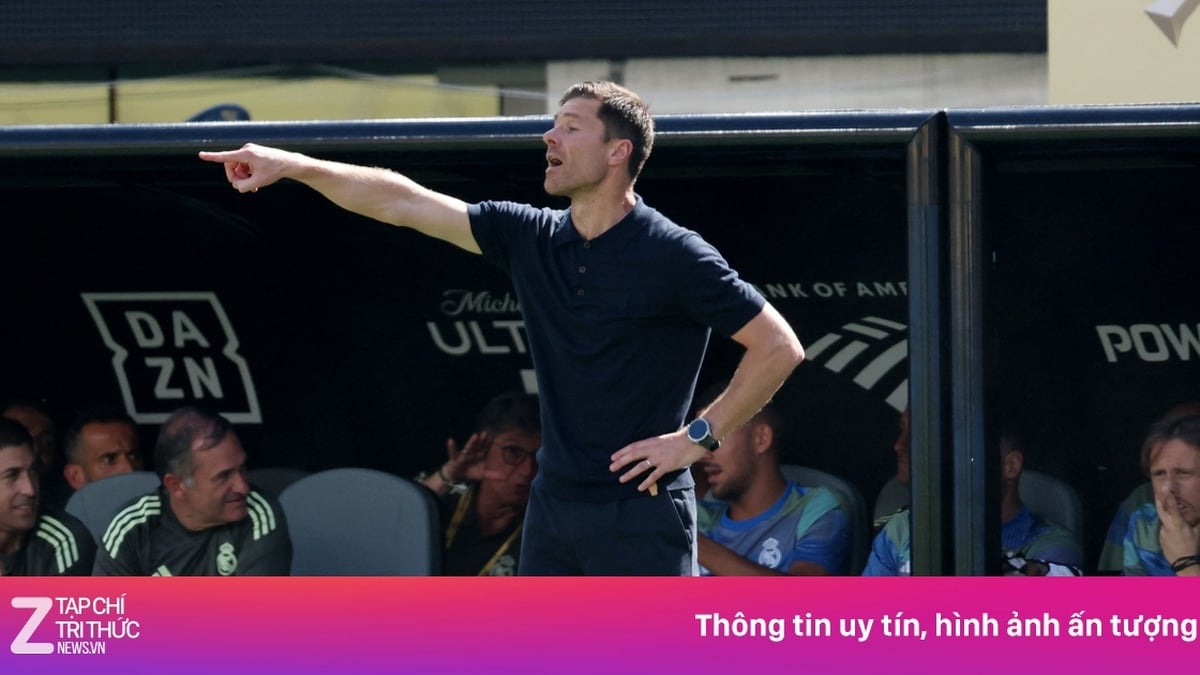
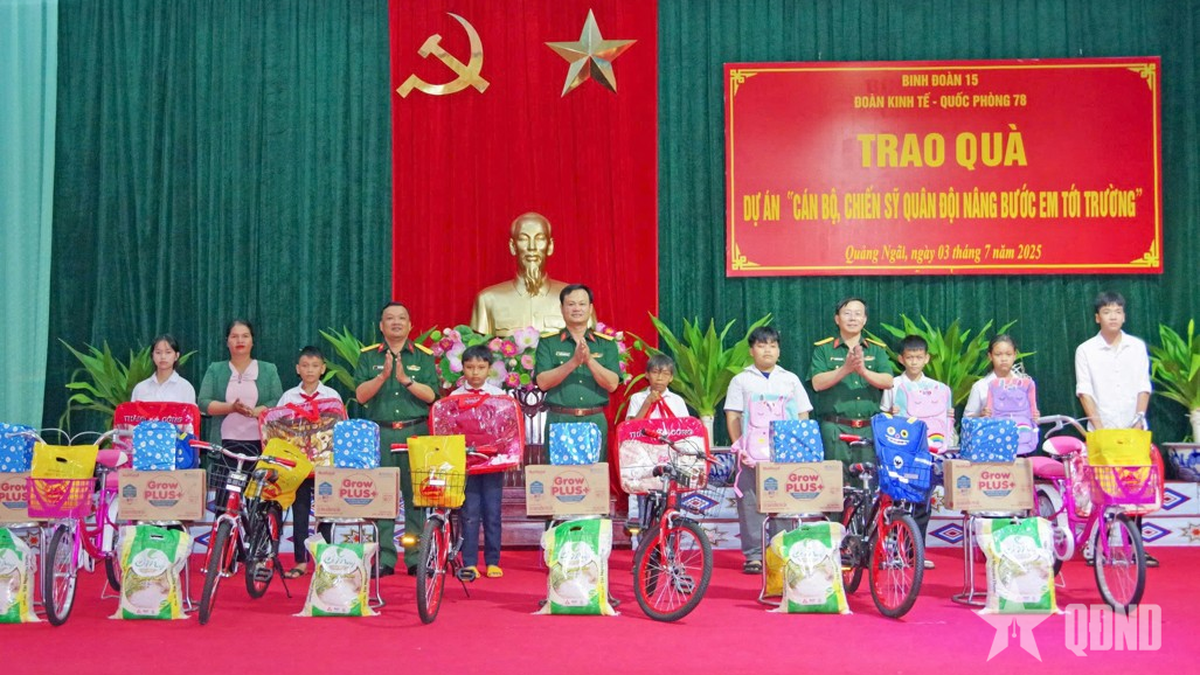
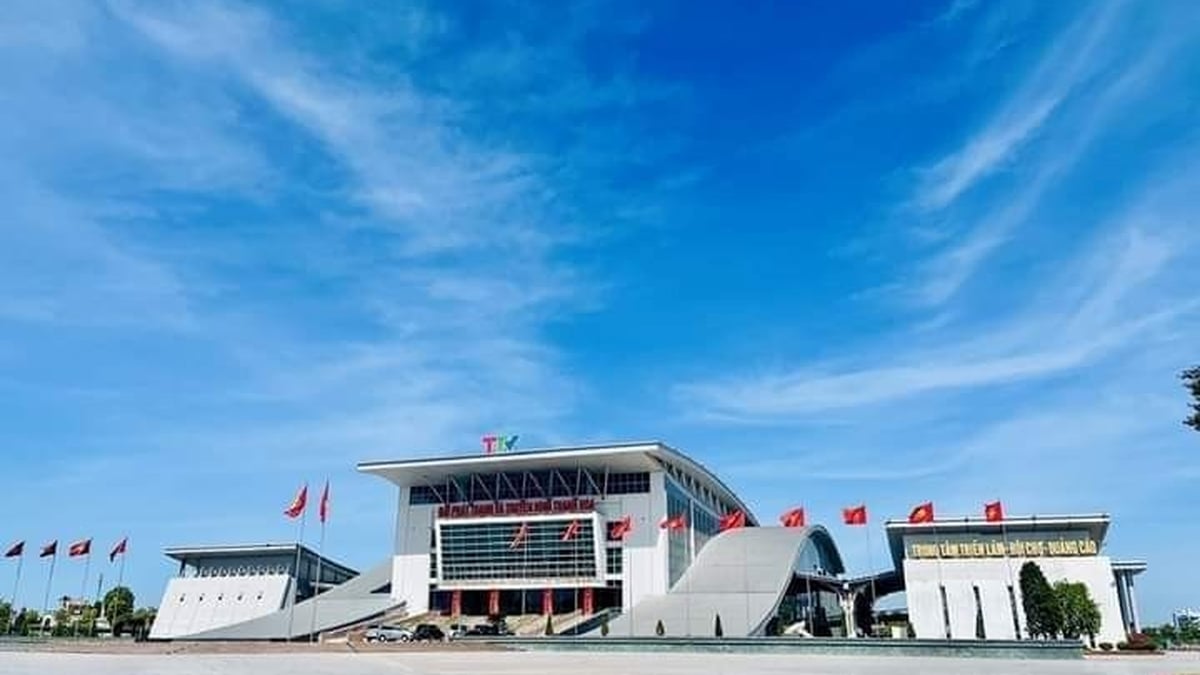
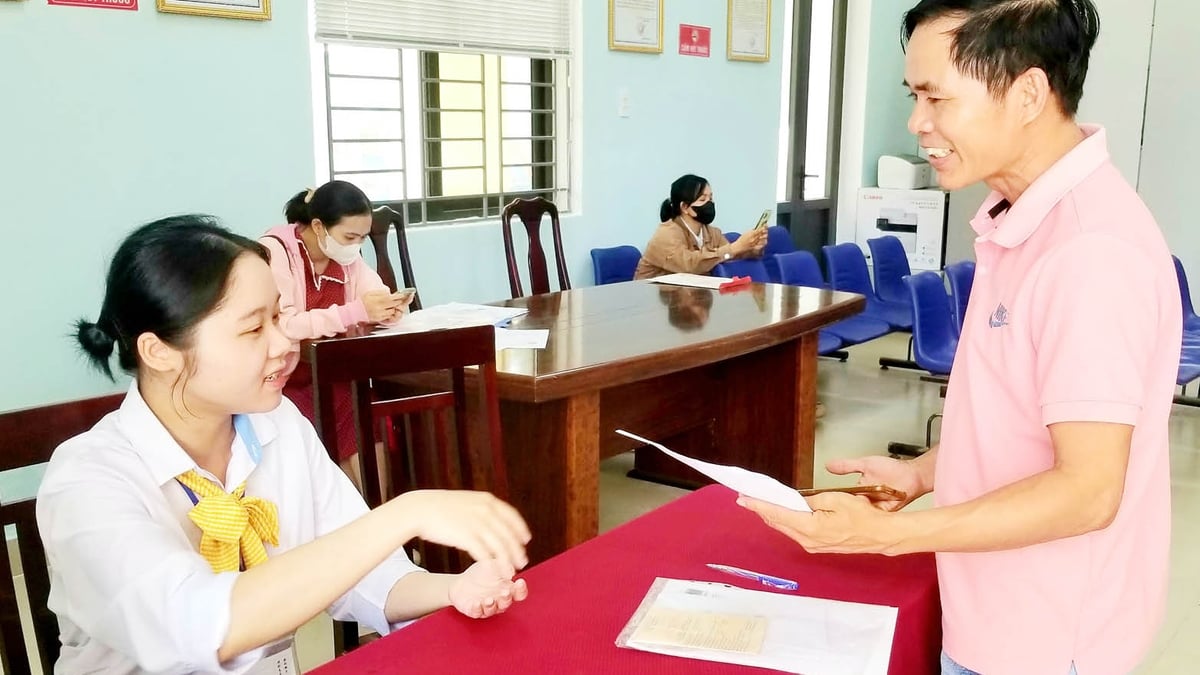
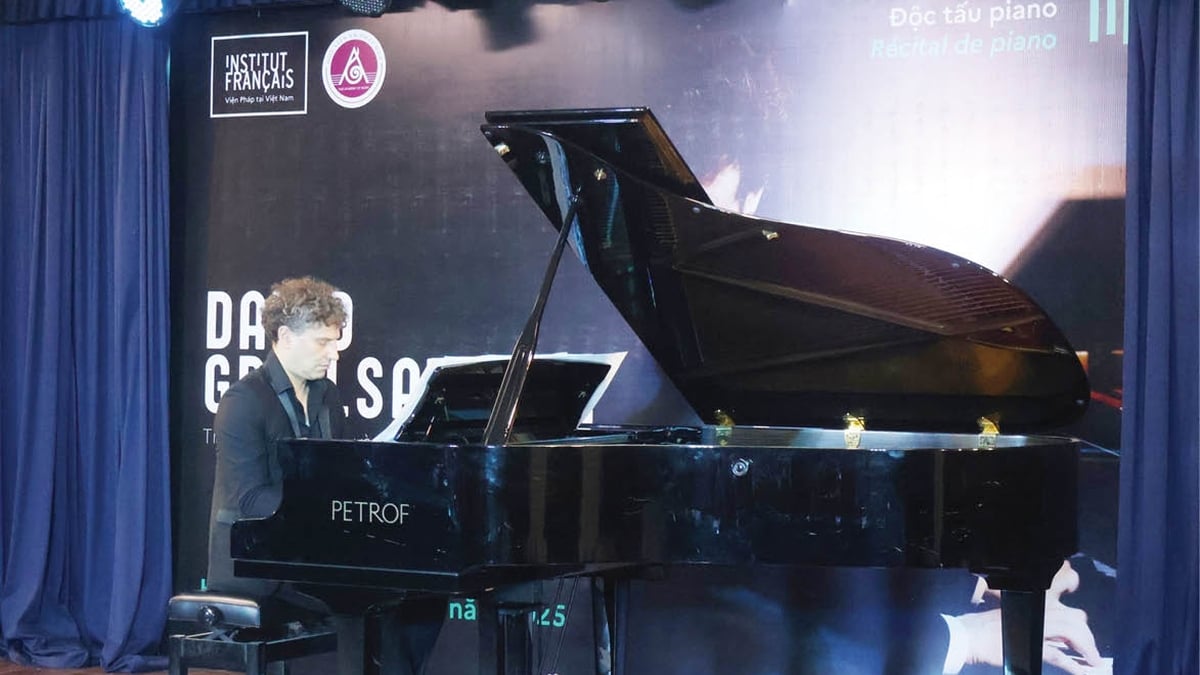

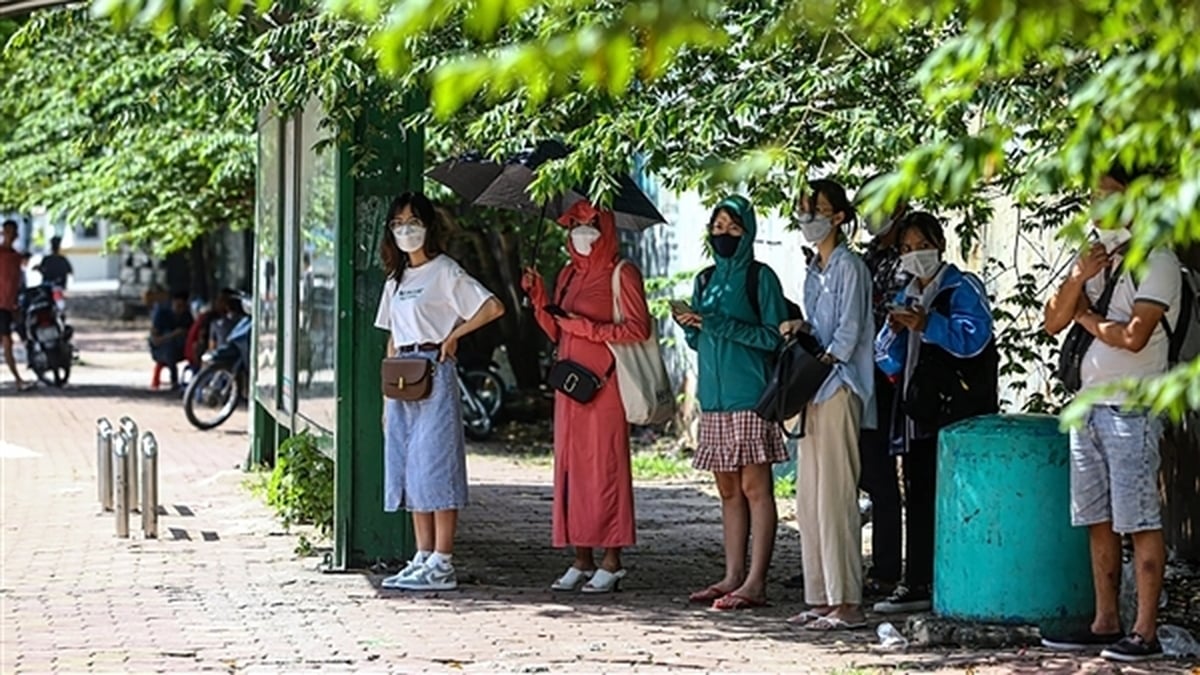
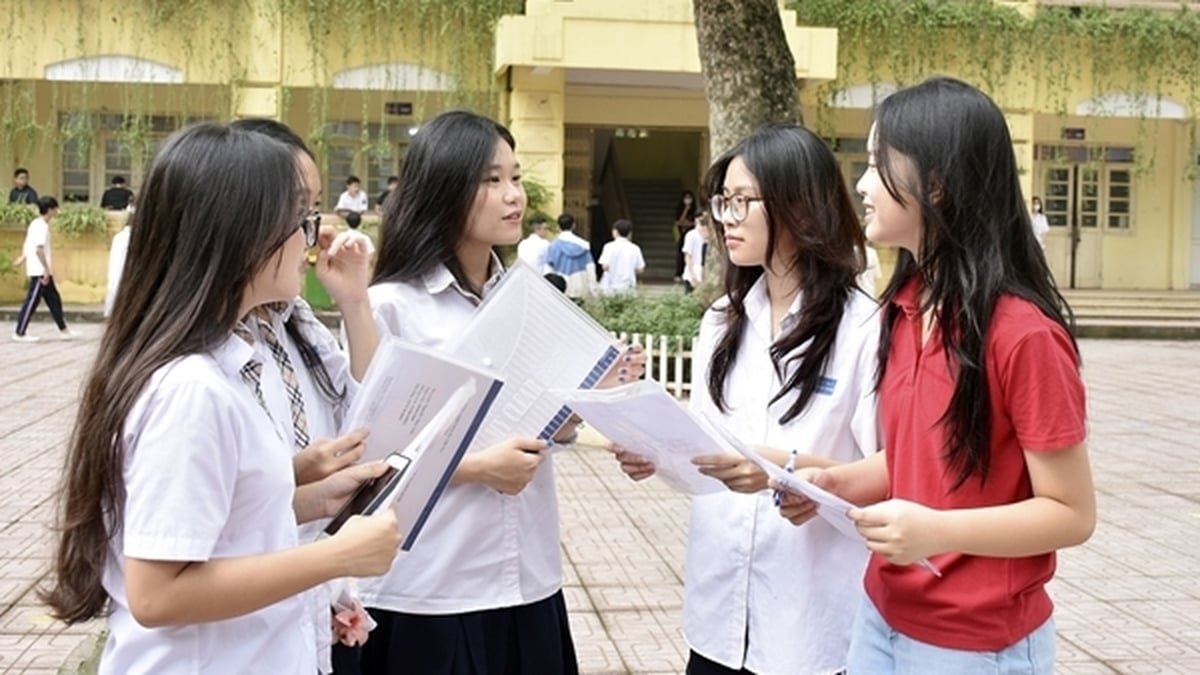
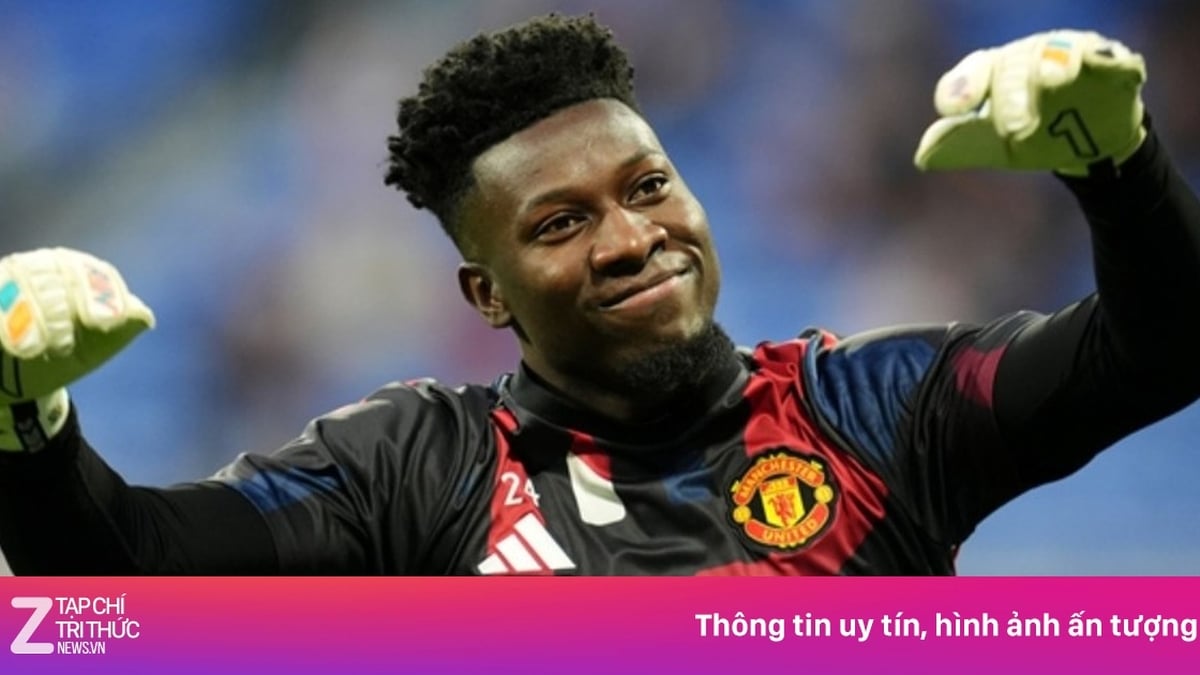


























































































Comment (0)